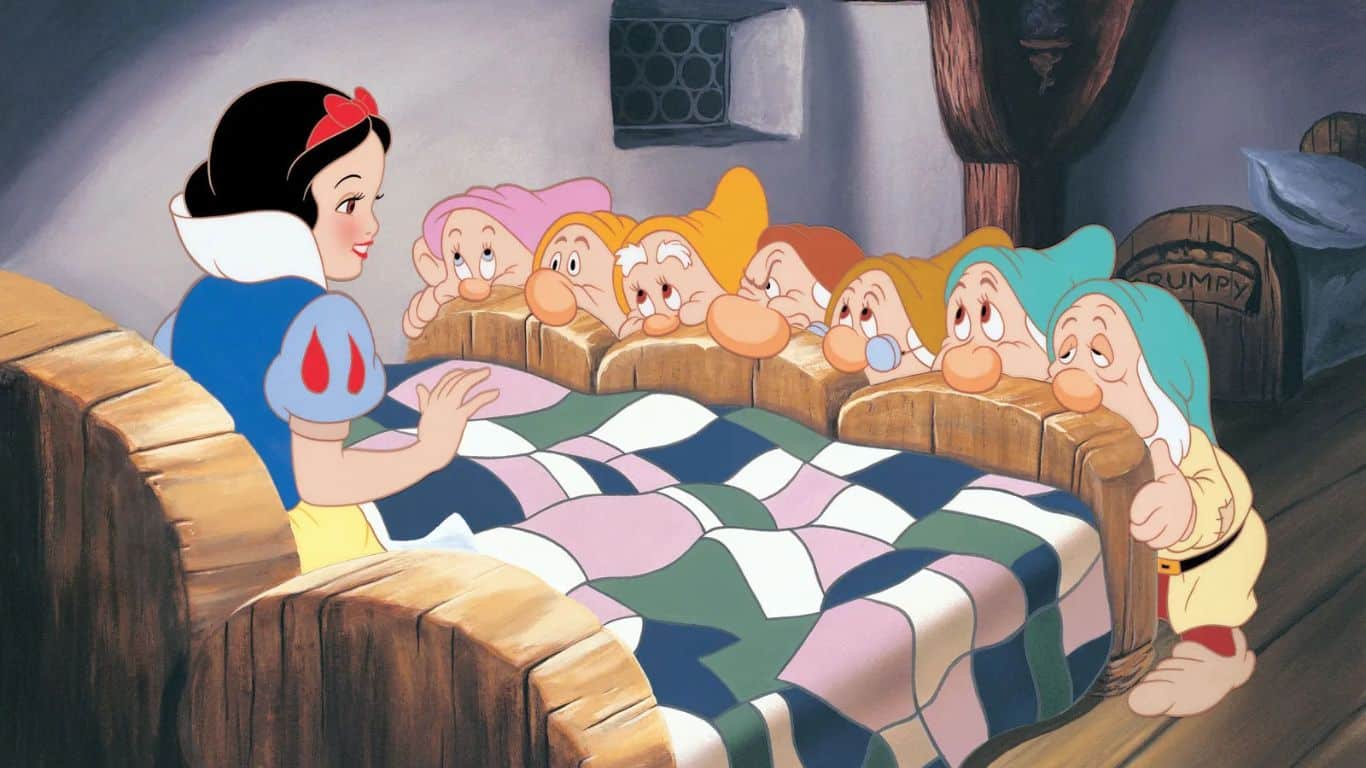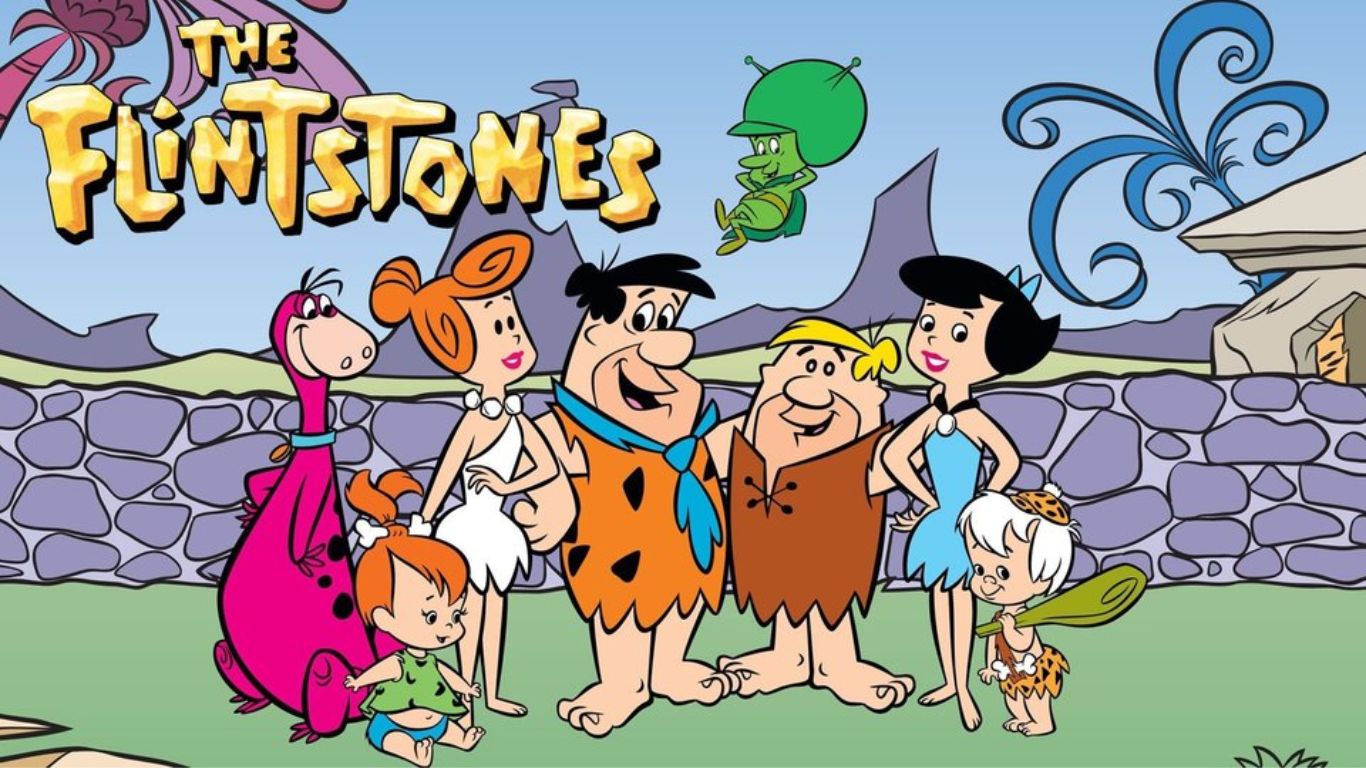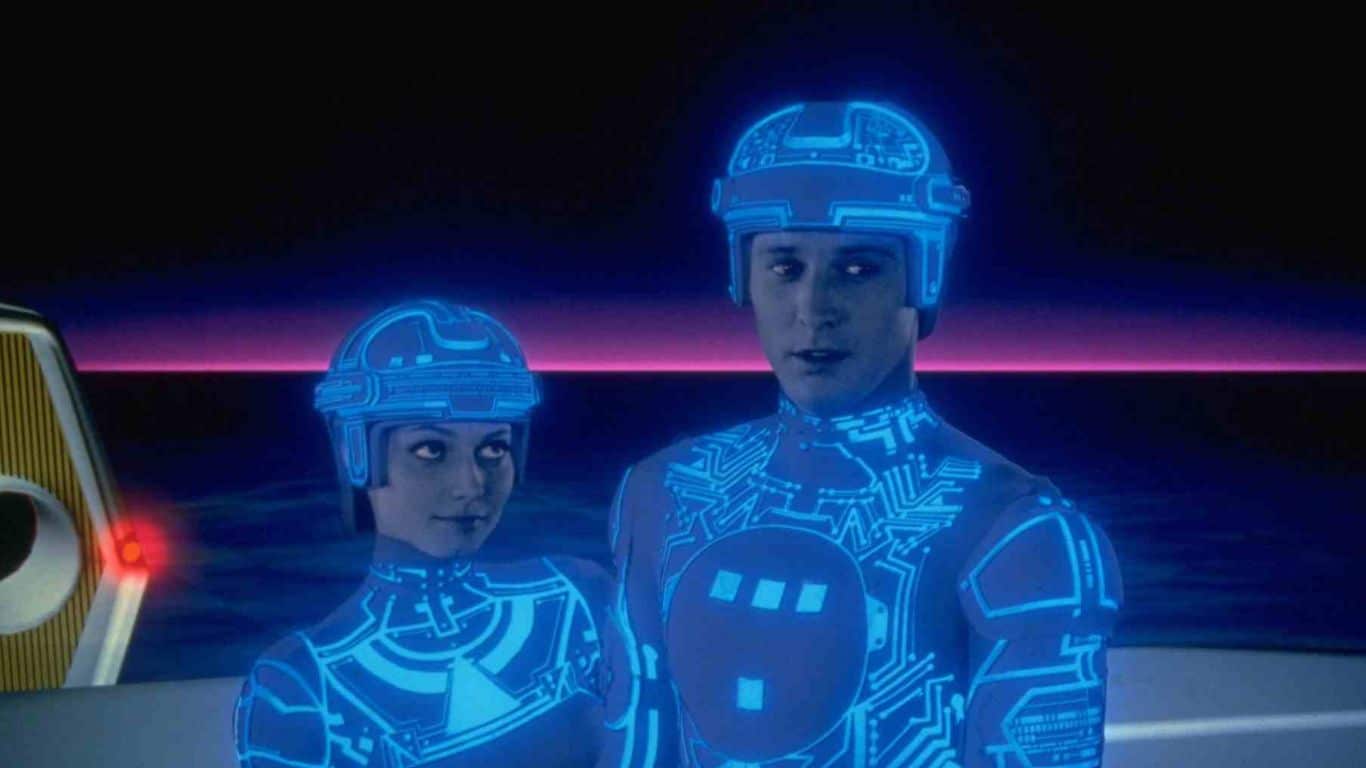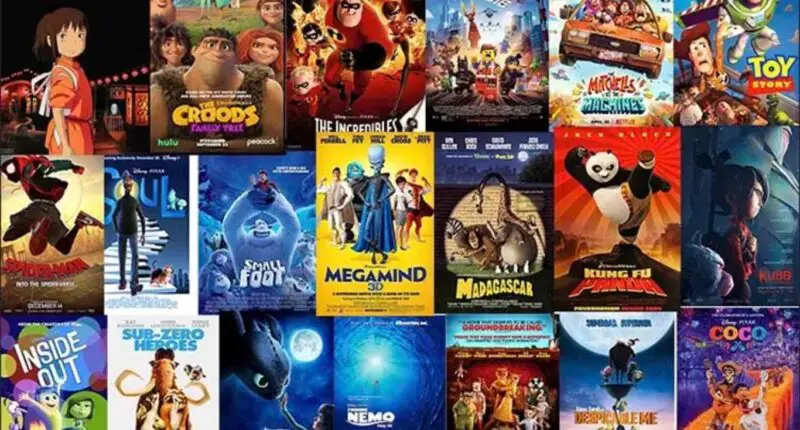Animation in films has a long and fascinating history that has undergone many changes and innovations over the years. From the earliest days of animation, when stop-motion techniques were used with puppets or paper cutouts, to the sophisticated computer-generated animation of today, animation has evolved to become an integral part of the film industry. The use of animation in films has not only been limited to children’s entertainment but also has been used to tell complex stories and convey important messages. In this Article, we will take a look at the history and evolution of animation in films, highlighting key moments and innovations that have shaped the industry and led to the animation techniques we see today.
History and Evolution of Animation in Films
Early animation (late 1800s-1920s):

Early animation techniques were developed in the late 1800s and were primarily based on stop-motion animation, which involved moving physical objects frame by frame to create the illusion of movement. Some of the earliest animation methods included using puppets or paper cutouts, which were filmed one frame at a time.
One of the first animation films was “Humorous Phases of Funny Faces” created by J. Stuart Blackton in 1906. This film used a technique called “lightning sketches” where Blackton drew faces on a chalkboard and filmed each drawing as he erased and replaced it with a new one, creating the illusion of movement.
Other animation techniques that were developed during this time include “praxinoscope” and “zoetrope.” Praxinoscope used a spinning cylinder with mirrors to reflect a sequence of images, creating the illusion of movement. Zoetrope was a spinning drum with slits that allowed an observer to see a sequence of images through the slits, creating the illusion of movement.
The early animation techniques were primarily used for short films and vaudeville acts and were limited by the technology of the time. However, these early animation films laid the foundation for the development of more sophisticated animation techniques in the years to come.
Cel animation (1920s-1950s):

Cel animation, also known as celluloid animation, is a technique where individual drawings are photographed one frame at a time. This allows for smoother animation and more detailed characters than stop-motion animation. The technique was developed in the 1920s and quickly became the standard for animation production in the film industry.
One of the most significant advancements in animation was the release of “Snow White and the Seven Dwarfs” by Walt Disney Productions in 1937. This was the first cel animation feature film and it was a major success, both commercially and critically. The film’s success helped establish cel animation as the dominant animation technique in the film industry.
Cel animation allowed for more expressive characters and more detailed backgrounds and environments. It also allowed for the use of multiplane cameras, which created a more realistic sense of depth and dimension in animation. This technique was used in many other Disney films such as Pinocchio, Fantasia, and Bambi.
The use of cel animation during this period led to the creation of some of the most iconic animated films and characters in history. It also laid the foundation for the development of more advanced animation techniques in the years to come, such as xerography and computer animation.
Xerography and mass production (1950s-1970s):

During the 1950s, animation began to be produced on a larger scale with the use of xerography, a process that allowed for the mass production of animation cels. Xerography is a dry photocopying process that was first used in animation by UPA (United Productions of America) studio, which was known for its modernist designs and limited animation style, inspired by graphic design and comic books. This process allowed for a more efficient and cost-effective way to produce animation cels, and it was quickly adopted by other animation studios.
This led to a proliferation of animated TV shows such as “The Flintstones,” “The Jetsons,” “Top Cat,” and “Huckleberry Hound,” which were all produced using xerography. These shows were popular and helped to establish the prime-time animated sitcom as a staple of American television.
Xerography also allowed for more creative freedom in animation, as it made it easier to experiment with different animation styles and techniques. This led to the development of new animation techniques such as limited animation, which used fewer drawings per second to create a more stylized and less realistic look.
Overall, xerography revolutionized the animation industry by making it possible to produce animation on a much larger scale and at a lower cost, leading to the creation of many popular animated TV shows that are still beloved today.
Computer animation (1970s-1990s):

The use of computer animation in films began in the late 1970s with the release of “Star Wars: Episode IV – A New Hope.” This film featured several iconic moments created using computer animation, such as the sequence of the Millennium Falcon flying through space and the explosion of the Death Star.
However, early computer animation was limited by the technology of the time, and it was mainly used for special effects rather than character animation. It wasn’t until the 1980s and 1990s that computer animation began to be used more extensively in films.
One of the major milestones in the use of computer animation in films was the release of “Tron” in 1982, which was one of the first films to extensively use computer-generated imagery (CGI) for both special effects and character animation.
As computer technology continued to advance in the 1980s and 1990s, it became possible to create photorealistic animation with CGI. This led to the creation of films such as “Jurassic Park” in 1993, which featured ground-breaking CGI animation of dinosaurs.
Modern animation (1990s-Present):

In recent years, the use of computer animation has continued to evolve and has become the norm for animation production in the film industry. Today, CGI is used extensively in animation and live-action films, allowing for the creation of highly detailed and photorealistic animation.
Animation has also expanded to not only being for children but also for adult audiences. Animated films such as “The Lion King,” “Up,” “Toy Story 3,” and “Finding Nemo” have been able to appeal to both children and adults alike.
Additionally, animation has been used to tell more complex stories with realistic animation and a mature theme. Examples of this include “The Incredibles,” “Persepolis,” “Spirited Away,” “The Triplets of Belleville” and “Waltz with Bashir” which have been able to convey mature themes, emotions and political commentary.
With the continued evolution of technology, animation continues to push the boundaries of what is possible in filmmaking. The use of motion capture and virtual reality technology has allowed for more realistic animation and immersive storytelling. The use of artificial intelligence and machine learning has also been used to create more efficient animation production and to generate new animation styles.
Animation in other media:

Animation is not limited to film, but is also used in other media such as television, video games, and advertising.
Television animation has a long history, dating back to the early days of television. Animated TV shows such as “The Simpsons,” “South Park,” “Family Guy,” “Rick and Morty,” and “Bob’s Burgers” have become cultural touchstones and have also been able to appeal to both children and adult audiences.
Animation is also used extensively in the video game industry. From the early days of 2D sprite-based animation, to the current state of the art 3D animation, video games have been able to use animation to create immersive worlds and characters. Computer animation has made it possible for video game developers to create realistic and detailed animation, which has contributed to the realism and immersion of video games.
Animation is also used in advertising to create visually compelling and memorable commercials. Animated commercials allow for a unique form of storytelling, which can be more engaging and memorable than live-action commercials. Animated commercials are also often cheaper to produce than live-action commercials, which can make them more cost-effective.
With the growth of the internet and social media, animation is also used in digital platforms such as web series and short animated videos. This has allowed animators to reach new audiences and to create animation that is more interactive, such as virtual reality and augmented reality experiences. Additionally, social media platforms and short videos platforms such as TikTok and Instagram have been a great opportunity for animators to showcase their works and reach a global audience.
Also Read: Top 10 Film Industries In The World



